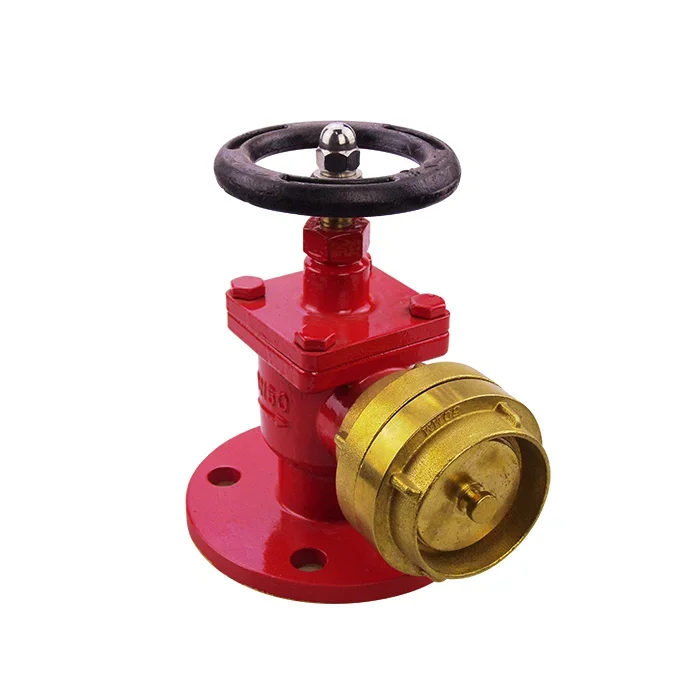Fire hydrant valves play a crucial role in safeguarding lives and property during fire emergencies. Among the various types of fire hydrant valves available, the STORZ type stands out for its reliability, durability, and ease of use. In this blog post, Jingqi will delve into the manufacturing process of STORZ type fire hydrant valve for sale, exploring the intricate steps involved in creating these essential firefighting tools. By understanding the manufacturing process, we can gain a deeper appreciation for the engineering and craftsmanship that goes into producing these vital safety devices.
1. Design and Engineering:
The manufacturing process of STORZ type fire hydrant valves begins with meticulous design and engineering. Skilled professionals collaborate to create detailed blueprints and specifications that meet industry standards and regulatory requirements. The design phase involves considering factors such as valve size, materials, pressure ratings, and compatibility with existing firefighting equipment.
2. Material Selection:
Choosing the right materials is crucial for ensuring the durability and performance of STORZ type fire hydrant valves. Typically, these valves are made from high-quality materials such as brass, stainless steel, or aluminum alloy. Brass is a popular choice due to its excellent corrosion resistance and strength. Stainless steel offers enhanced durability and resistance to extreme temperatures, while aluminum alloy provides a lightweight option without compromising on strength.
3. Casting and Molding:
Once the design and material selection are finalized, the manufacturing process moves on to casting and molding. For valves made of brass or aluminum alloy, the casting process involves melting the chosen metal and pouring it into a mold. The mold is carefully designed to create the desired shape and dimensions of the valve. After cooling and solidification, the cast valve undergoes further machining processes to achieve precise tolerances and smooth surfaces.
4. Machining and Finishing:
Machining plays a vital role in shaping the STORZ type fire hydrant valve into its final form. Computer Numerical Control (CNC) machines are utilized to perform precise cutting, drilling, and threading operations. This ensures that the valve components fit together seamlessly and function optimally. After machining, the valves undergo a series of finishing processes, including polishing, deburring, and surface treatment, to enhance their appearance and protect against corrosion.

5. Assembly and Testing:
The assembly stage brings together the various components of the STORZ type fire hydrant valve. Skilled technicians meticulously fit the valve body, spindle, operating mechanism, and other parts, ensuring proper alignment and functionality. Once assembled, the valves undergo rigorous testing to verify their performance and adherence to safety standards. Pressure tests are conducted to assess the valve's ability to withstand high pressures and maintain a secure seal.
6. Quality Control and Certification:
Quality control is a critical aspect of the manufacturing process for STORZ type fire hydrant valves. Stringent quality checks are performed at every stage to identify and rectify any defects or deviations from specifications. Once the valves pass all quality control tests, they are certified by regulatory bodies to ensure compliance with industry standards and safety regulations. Certification provides assurance to end-users that the valves have undergone rigorous testing and meet the required performance criteria.
7. Packaging and Distribution:
After successfully completing the manufacturing and quality control processes, the STORZ type fire hydrant valves are carefully packaged to protect them during transportation and storage. Proper labeling and documentation are essential to provide clear instructions for installation and maintenance. The valves are then distributed to fire departments, industrial facilities, and other relevant entities, where they are ready to be deployed in firefighting operations.
Conclusion:
The manufacturing process of STORZ type fire hydrant valves involves a meticulous combination of design, engineering, material selection, casting, machining, assembly, testing, and quality control. Each step is crucial in ensuring the production of reliable, durable, and efficient valves that can withstand the demanding conditions of firefighting operations. By understanding the intricacies of this manufacturing process, we can appreciate the craftsmanship and attention to detail that goes into creating these essential safety devices. STORZ type fire hydrant valves continue to play a vital role in protecting lives and property, serving as a testament to human ingenuity and commitment to safety.
https://www.harry-fire.com/Manufacturing-process-of-STORZ-type-fire-hydrant-valve.html

